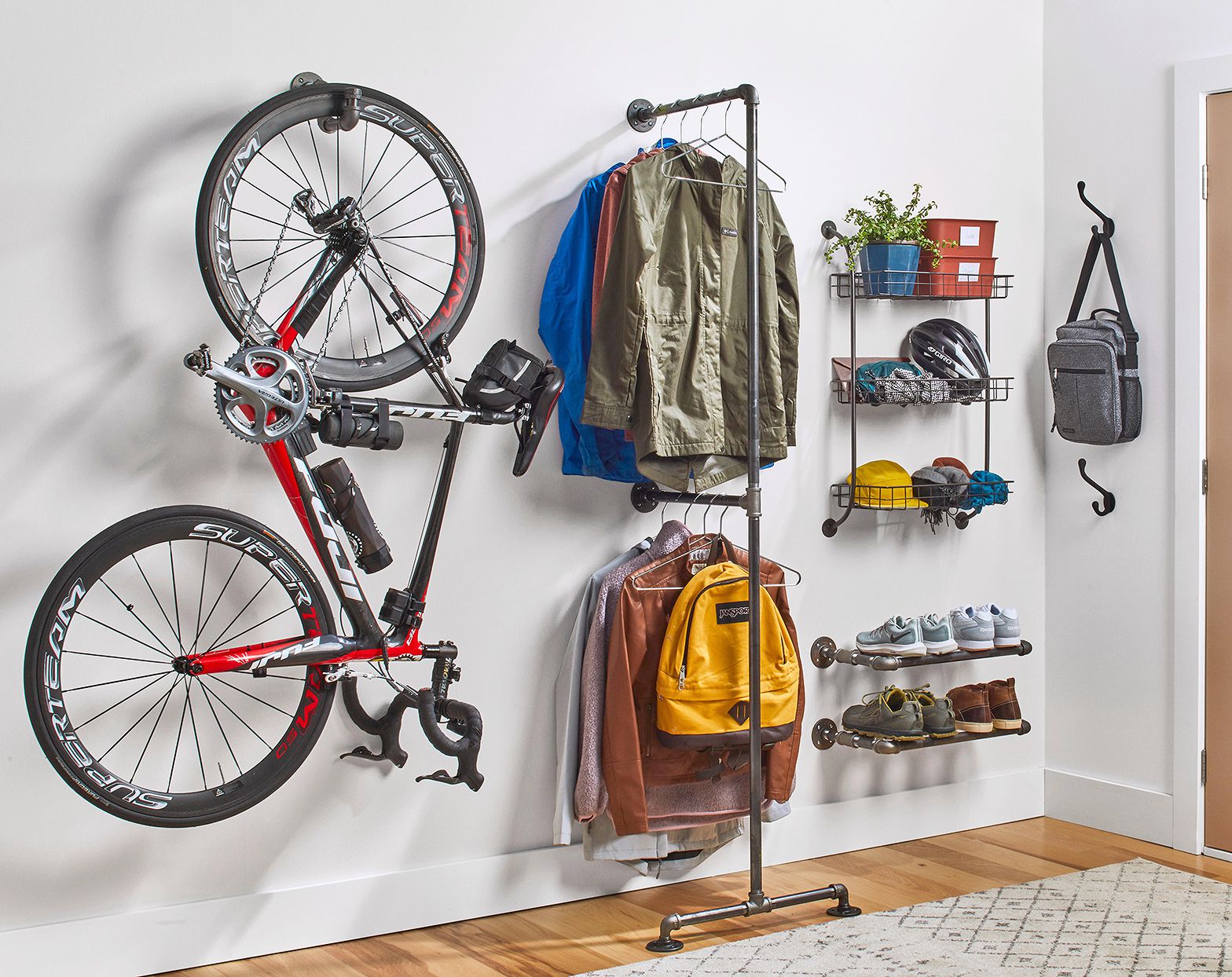

Articles
How To Store Your Bike
Modified: August 19, 2024
Learn how to properly store your bike with these informative articles. Find tips and tricks to keep your bike in great condition and ready for your next ride.
(Many of the links in this article redirect to a specific reviewed product. Your purchase of these products through affiliate links helps to generate commission for Storables.com, at no extra cost. Learn more)
Introduction
When it comes to storing your bike, finding the right storage solution is essential to maintain its longevity and keep it in good condition. Whether you’re looking to store your bike indoors or outdoors, there are various options available to suit your needs.
In this article, we will explore the different aspects of bike storage and provide you with tips and recommendations to help you choose the best storage solution for your bike. We will cover topics such as choosing a storage location, indoor and outdoor storage options, the use of bike racks and hooks, vertical storage solutions, bike covers and protective gear, as well as maintenance tips for long-term storage.
By implementing these storage methods and maintenance tips, you can ensure that your bike remains in top shape, ready for your next adventure.
Key Takeaways:
- Proper bike storage is crucial for longevity. Consider indoor options like wall-mounted racks or outdoor solutions like bike sheds. Use covers and maintenance to keep your bike in top shape.
- Choose a storage location with accessibility and security in mind. Utilize vertical storage solutions and protective gear to safeguard your bike. Regular maintenance is key for long-term storage.
Read more: How To Store Your Bike In An Apartment
Choosing a Storage Location
Before diving into the different storage options, it’s important to consider the ideal location for storing your bike. Here are a few factors to keep in mind when choosing a storage location:
- Accessibility: Make sure the storage location is easily accessible, allowing you to retrieve and store your bike without any hassle.
- Security: Look for a storage area that offers adequate security measures to protect your bike from theft or damage. This could include secure locks, surveillance cameras, or even storing your bike in a locked room.
- Temperature and Humidity: Bikes are typically made of metal and other materials that can be affected by extreme temperatures and humidity. Try to choose a storage location that provides a stable and controlled environment to prevent rust, warping, or other damage.
- Space: Consider the available space in the storage location. Ensure there is enough room to store your bike comfortably and safely, without any risk of it being knocked over or damaged by other objects.
- Convenience: Opt for a storage location that is convenient for you. If you frequently use your bike, having it stored in a location that is easily accessible can save you time and effort.
With these factors in mind, you can now move on to exploring the various storage options available.
Indoor Storage Options
If you have enough space inside your home or apartment, indoor storage is often the best option for keeping your bike safe and protected. Here are some indoor storage ideas:
- Wall-mounted bike racks: Installing wall-mounted bike racks allows you to store your bike vertically, utilizing wall space efficiently. These racks are sturdy, easy to install, and keep your bike off the floor, preventing accidental damage or tripping hazards.
- Ceiling-mounted bike hoists: Bike hoists are a great option if you have limited floor space but plenty of ceiling height in your garage or storage area. These systems use pulleys and ropes to lift your bike up and out of the way, keeping it securely suspended from the ceiling.
- Bike stands or floor racks: If you prefer to keep your bike on the ground, bike stands or floor racks are an excellent choice. They come in various designs and can accommodate multiple bikes if needed. Make sure to choose a sturdy and stable stand that won’t tip over and potentially damage your bike.
- Spare room or dedicated bike storage area: If you have the luxury of a spare room or a dedicated bike storage area, you can create a safe and organized space for your bikes. Install hooks, racks, or shelving units to keep your bikes and accessories neatly stored and easily accessible.
When storing your bike indoors, it’s a good idea to place a mat or some kind of protective covering underneath to catch any dirt, debris, or water that may drip from the bike and prevent damage to the floor. Additionally, consider using a bike cover to further protect your bike from dust and potential scratches.
By utilizing these indoor storage options, you can protect your bike from the elements and minimize the risk of theft or damage.
Outdoor Storage Options
If you lack indoor space or prefer to keep your bike outside, there are outdoor storage options available to ensure your bike remains secure and protected. Here are some outdoor storage ideas:
- Bike sheds: Bike sheds are specifically designed to store bikes and offer protection from the elements. These compact storage units are typically made from durable materials like metal or plastic and come with locking mechanisms for added security.
- Bike shelters: Bike shelters provide a covered space to store your bike, shielding it from direct sunlight, rain, and other weather conditions. These can be standalone structures or attached to a building or garage.
- Bike lockers: Similar to bike sheds, lockers offer a secure storage solution for bikes. These individual lockers typically have a small footprint and can be installed in communal outdoor spaces or even on the street.
- Outdoor bike racks: Many parks, public spaces, and commercial areas provide outdoor bike racks for short-term storage. While not ideal for long-term storage, they can be a convenient option if you need to leave your bike unattended for a short period.
When considering outdoor storage options, it’s essential to choose a location that offers some level of protection from the elements, such as an overhang or coverage from trees or buildings. Additionally, invest in a sturdy lock to secure your bike and deter theft.
Regardless of the outdoor storage option you choose, it’s crucial to regularly inspect and maintain your bike to prevent any potential damage caused by exposure to weather conditions. It’s also a good idea to periodically lubricate the chain and other moving parts to ensure smooth operation.
By utilizing these outdoor storage solutions and taking proper maintenance measures, you can store your bike outside with confidence, knowing it is being protected as best as possible.
Using Bike Racks and Hooks
Bike racks and hooks are practical storage solutions that can help keep your bike organized and out of the way. Here’s how you can effectively use bike racks and hooks:
- Wall-mounted bike racks: These racks are designed to hold your bike horizontally against the wall. To use them, simply place the bike’s front wheel into the rack and secure it in place. This option is ideal for saving space and keeping your bike off the floor.
- Ceiling-mounted bike hooks: Ceiling hooks are a great option if you have limited wall space or multiple bikes to store. Attach the hooks to the ceiling, making sure they are securely installed, and hang your bike by its frame or front wheel. This method keeps your bikes up and out of the way.
- Vertical bike stands: Vertical bike stands are freestanding units that allow you to store your bike vertically. Simply roll your bike into the stand, position it securely, and lock it in place if desired. These stands are convenient and can accommodate multiple bikes.
- Overhead pulley systems: Overhead pulley systems are useful for conveniently hoisting your bike up to the ceiling. They typically consist of a set of pulleys and ropes, allowing you to raise and lower your bike with ease. This method keeps your bike suspended and out of the way when not in use.
When using bike racks and hooks, it’s important to ensure that they are securely installed and capable of supporting the weight of your bike. If needed, consult a professional for assistance, especially for ceiling-mounted options to ensure proper installation.
By utilizing these types of storage solutions, you can effectively utilize your space and keep your bike organized and easily accessible.
When storing your bike, make sure to clean and lubricate the chain to prevent rust. Store it in a dry, cool place to avoid moisture damage. If possible, hang the bike to save space and prevent flat spots on the tires.
Read more: How To Store A Bike
Vertical Storage Solutions
Vertical storage solutions are a great way to maximize your space and keep your bike safely stored. Here are some popular vertical storage options:
- Vertical bike hooks: These hooks are designed to hang your bike vertically on the wall. Simply mount the hooks to the wall and hang your bike by its front wheel or frame. This method keeps your bike securely in place and saves valuable floor space.
- Freestanding bike towers: Bike towers are vertical storage units that allow you to store multiple bikes in a compact space. These towers typically feature adjustable arms or hooks to accommodate different bike sizes. They are a convenient option if you have limited wall space or prefer a freestanding storage solution.
- Bike pulley systems: Pulley systems are an effective way to hoist your bike vertically to the ceiling. These systems use ropes and pulleys to lift your bike off the ground, keeping it securely suspended and out of the way. This method is ideal if you want to maximize floor space and have a high ceiling.
- Bike lifts: Bike lifts are another option for vertical storage. These devices attach to the ceiling and allow you to easily lift and lower your bike using a pulley system. Bike lifts are especially useful if you have limited strength or mobility as they make it effortless to raise and lower your bike.
When considering vertical storage solutions, ensure that the chosen option is suitable for the weight and size of your bike. It’s essential to follow the manufacturer’s instructions for installation and usage to ensure proper and secure storage.
Vertical storage solutions are a space-saving and visually appealing way to store your bike, while keeping it easily accessible whenever you need it.
Bike Covers and Protective Gear
Protecting your bike from dust, dirt, and the elements is crucial for maintaining its condition. Bike covers and other protective gear can help keep your bike safe and in pristine condition. Here are some options to consider:
- Bike covers: Bike covers are designed to fit over your entire bike, protecting it from dust, moisture, UV rays, and other environmental factors. Look for a cover made of waterproof and breathable material to prevent condensation buildup. Additionally, ensure that the cover is the appropriate size for your bike to provide a snug fit.
- Frame protectors: Frame protectors are adhesive pads or wraps that you can apply to specific areas of your bike’s frame to prevent scratches and damage. They are particularly useful if you frequently transport your bike or lean it against surfaces that could potentially damage the frame.
- Tire covers: Tire covers are handy if you need to store your bike indoors or in a tight space. These covers slip over the tires, keeping them protected and preventing marks on walls or floors.
- Protective film or tape: Transparent protective film or tape can be applied to your bike’s frame, fork, or other vulnerable areas to shield them from scratches and abrasions. This is a popular option for mountain bikes or bikes used off-road, where the frame is more exposed to potential damage.
Using bike covers and protective gear is an extra layer of defense against wear and tear, particularly during storage and transportation. Remember to properly clean and dry your bike before covering it to prevent moisture buildup, which could lead to rust or corrosion.
Investing in quality bike covers and protective gear will help prolong the lifespan of your bike and keep it looking its best for years to come.
Maintenance Tips for Long-Term Storage
Properly maintaining your bike during long-term storage is essential to ensure it remains in good condition and is ready to ride when you retrieve it. Here are some maintenance tips to consider:
- Clean your bike: Before storing your bike, give it a thorough cleaning to remove any dirt, mud, or debris. Use a mild detergent and water to clean the frame, tires, and drivetrain. Dry your bike thoroughly to prevent rust or corrosion.
- Lubricate moving parts: Apply a lubricant to the chain, derailleur, and other moving parts to prevent rust and ensure smooth operation. Wipe off any excess lubricant to avoid attracting dirt and grime.
- Protect your bike from moisture: Moisture can cause damage to your bike, especially during long-term storage. Choose a storage location that is dry and free from excessive humidity. Consider using dehumidifiers or moisture-absorbing products to reduce moisture levels in the storage area.
- Inflate tires: Before storing your bike, ensure that the tires are properly inflated. Over time, tires can lose air pressure, which can lead to flat spots or damage. Check the manufacturer’s recommended tire pressure and inflate accordingly.
- Inspect and tighten bolts: Take the time to inspect your bike’s components, such as the handlebars, seat, pedals, and wheels. Check for any loose bolts or screws and tighten them as necessary. This will help prevent any unnecessary damage or accidents when you start riding again.
- Use a bike stand or hanging system: Storing your bike off the ground using a bike stand, rack, or hanging system can avoid unnecessary strain on the tires and prevent flat spots from developing over time.
- Periodically check on your bike: Even though you’re storing your bike for a long period, it’s still a good idea to check on it periodically. This allows you to detect any potential issues early on and make any necessary adjustments or maintenance.
By following these maintenance tips, you can ensure that your bike remains in optimal condition during long-term storage and is ready to hit the road when you are.
Conclusion
Storing your bike properly is crucial for maintaining its longevity and keeping it in good condition. Whether you opt for indoor storage or outdoor storage, there are plenty of storage options available to suit your needs. By considering factors such as accessibility, security, temperature, and convenience, you can choose the ideal storage location for your bike.
Indoor storage options, such as wall-mounted bike racks, ceiling-mounted bike hoists, bike stands, or dedicated bike storage areas, offer protection from the elements and keep your bike organized and easily accessible. Outdoor storage solutions, such as bike sheds, bike shelters, bike lockers, or outdoor bike racks, provide secure options for those with limited indoor space.
Add to the storage setup by using bike covers, frame protectors, tire covers, and other protective gear to keep your bike safe from dirt, dust, moisture, and scratches. Additionally, implementing regular maintenance practices like cleaning, lubricating, and inspecting your bike will ensure that it remains in top shape during storage.
Remember, choosing the right storage solution and taking proper care of your bike will contribute to its longevity and overall performance. By following the tips and recommendations outlined in this article, you can be confident that your bike will be well-protected and ready for your next adventure whenever you retrieve it from storage.
So go ahead and choose the storage option that best suits your needs, invest in the necessary gear, and enjoy the peace of mind knowing that your bike is safe and secure until your next ride.
Frequently Asked Questions about How To Store Your Bike
Was this page helpful?
At Storables.com, we guarantee accurate and reliable information. Our content, validated by Expert Board Contributors, is crafted following stringent Editorial Policies. We're committed to providing you with well-researched, expert-backed insights for all your informational needs.
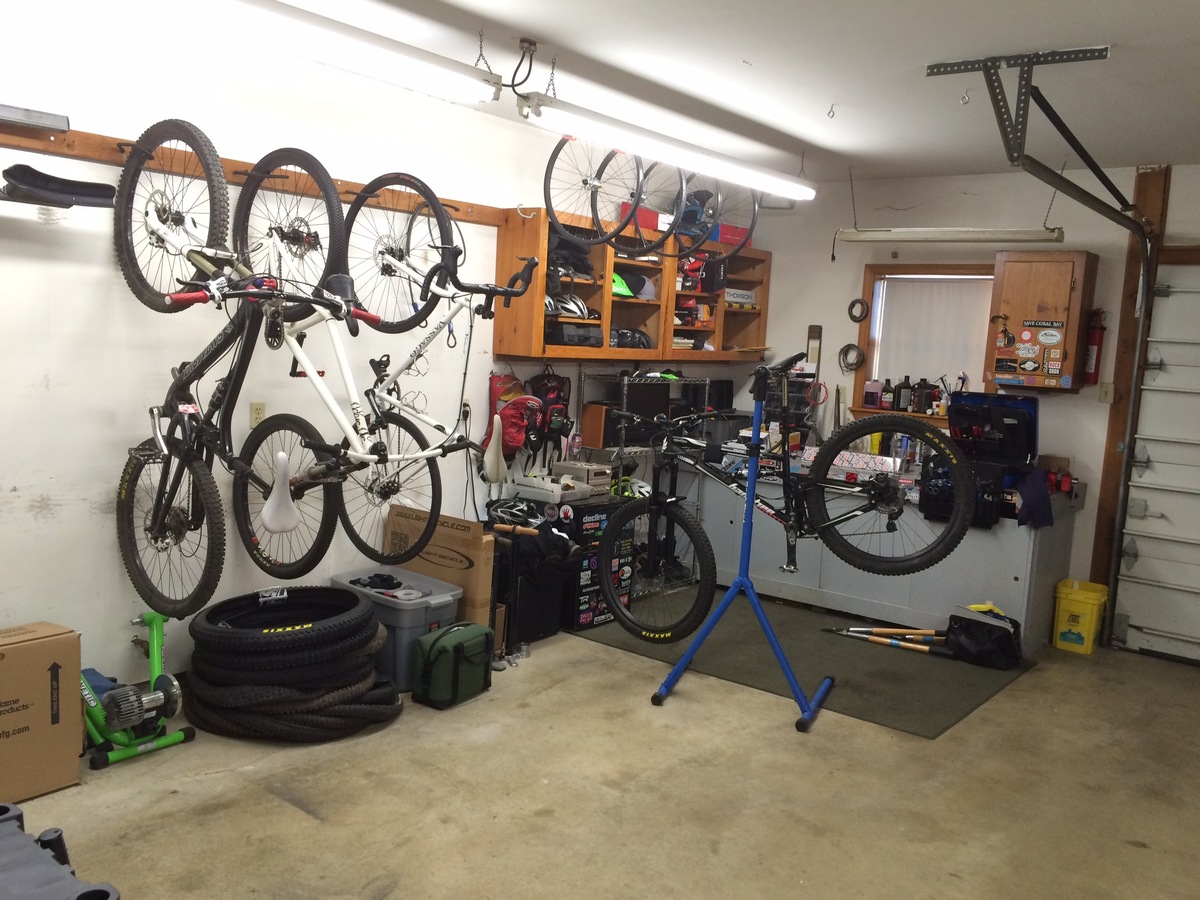
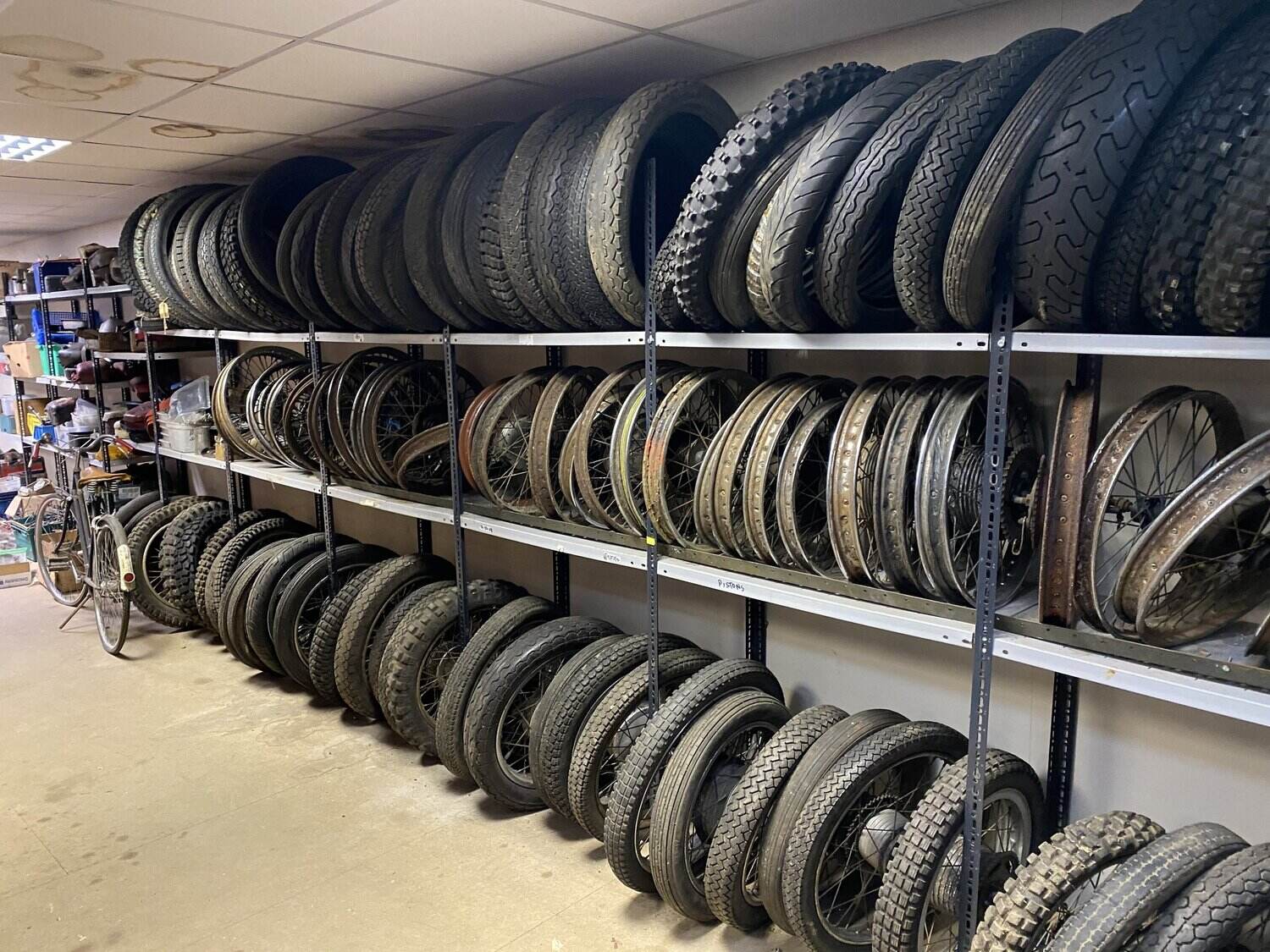
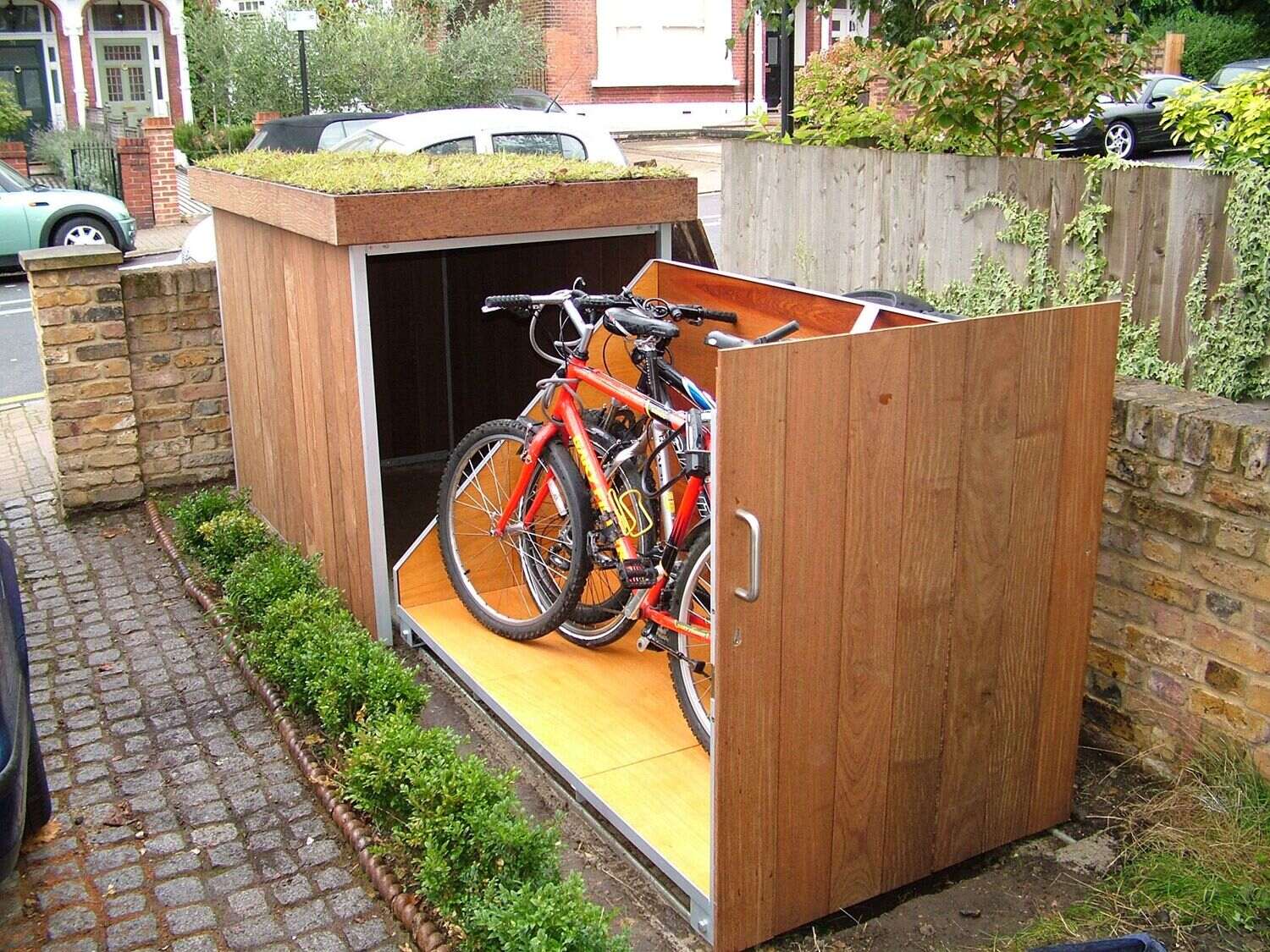
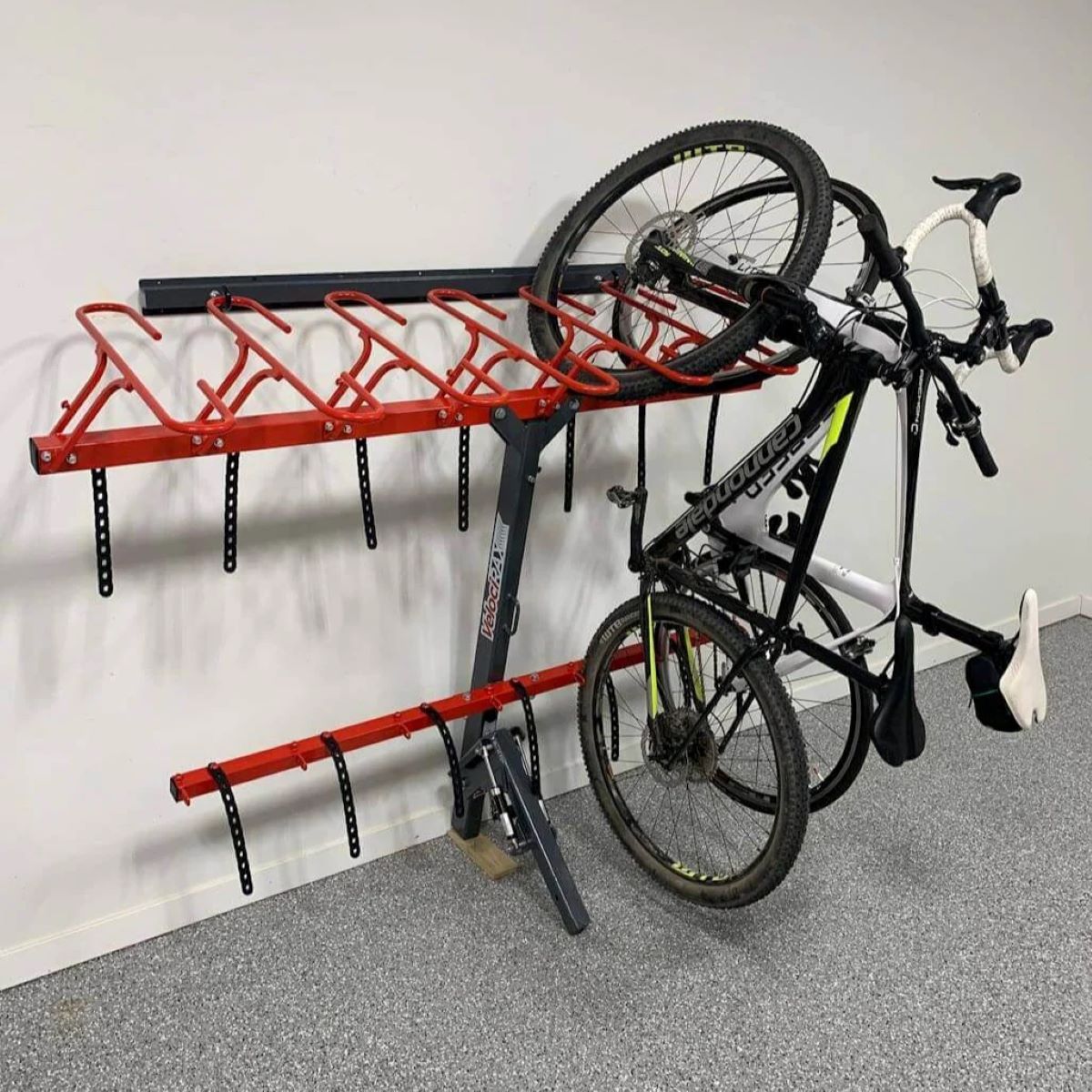
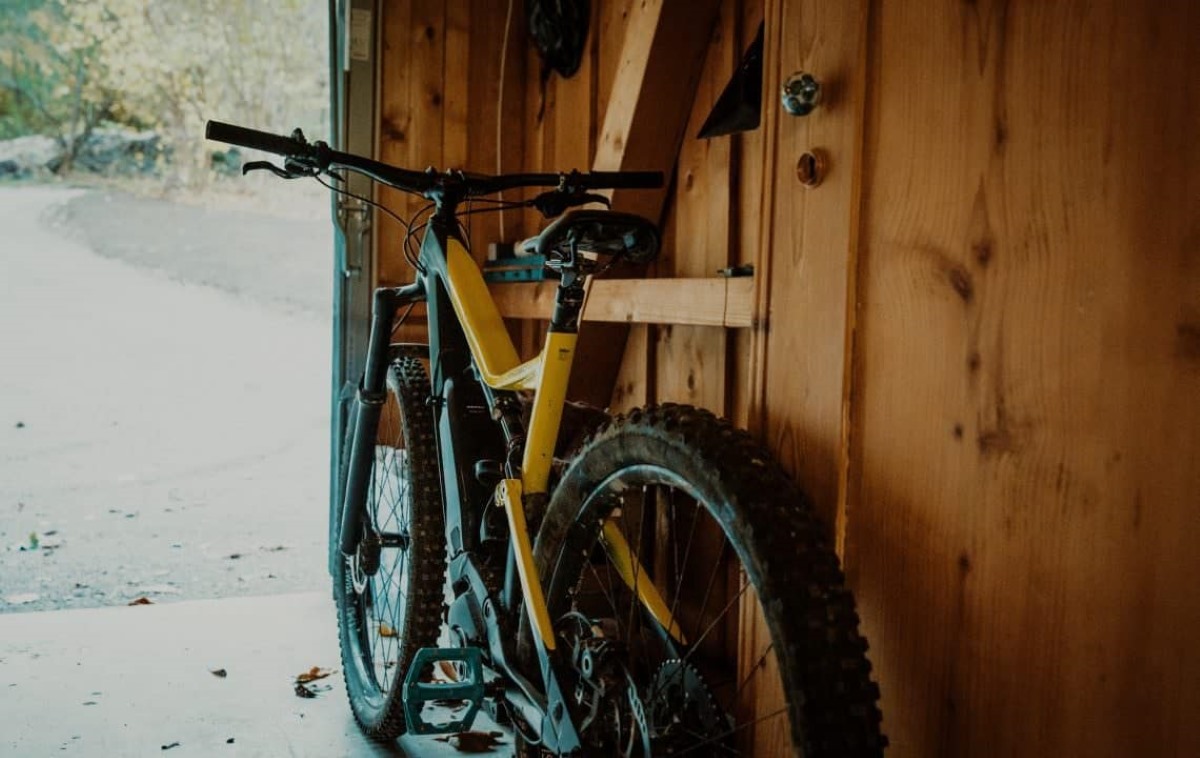


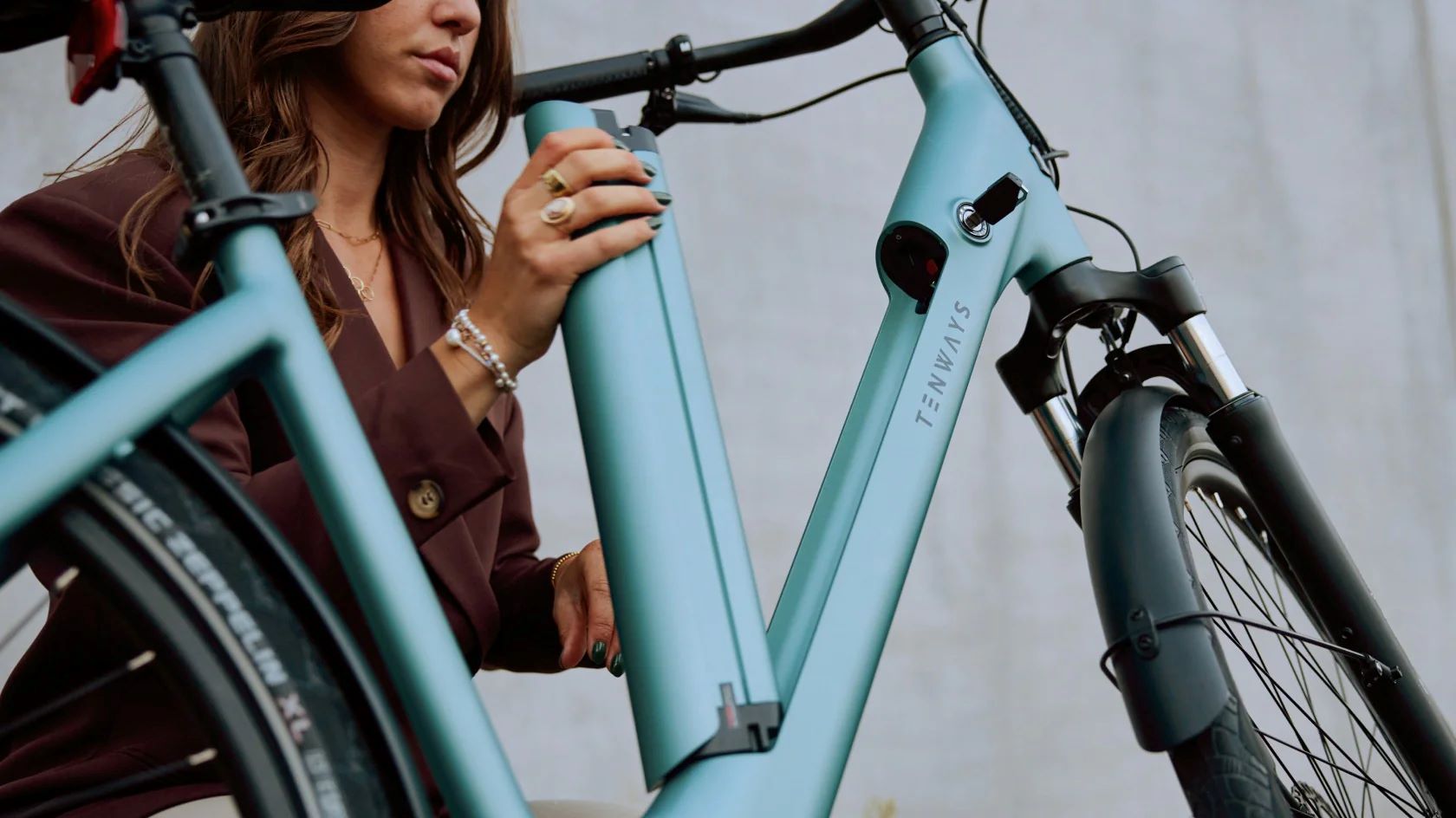
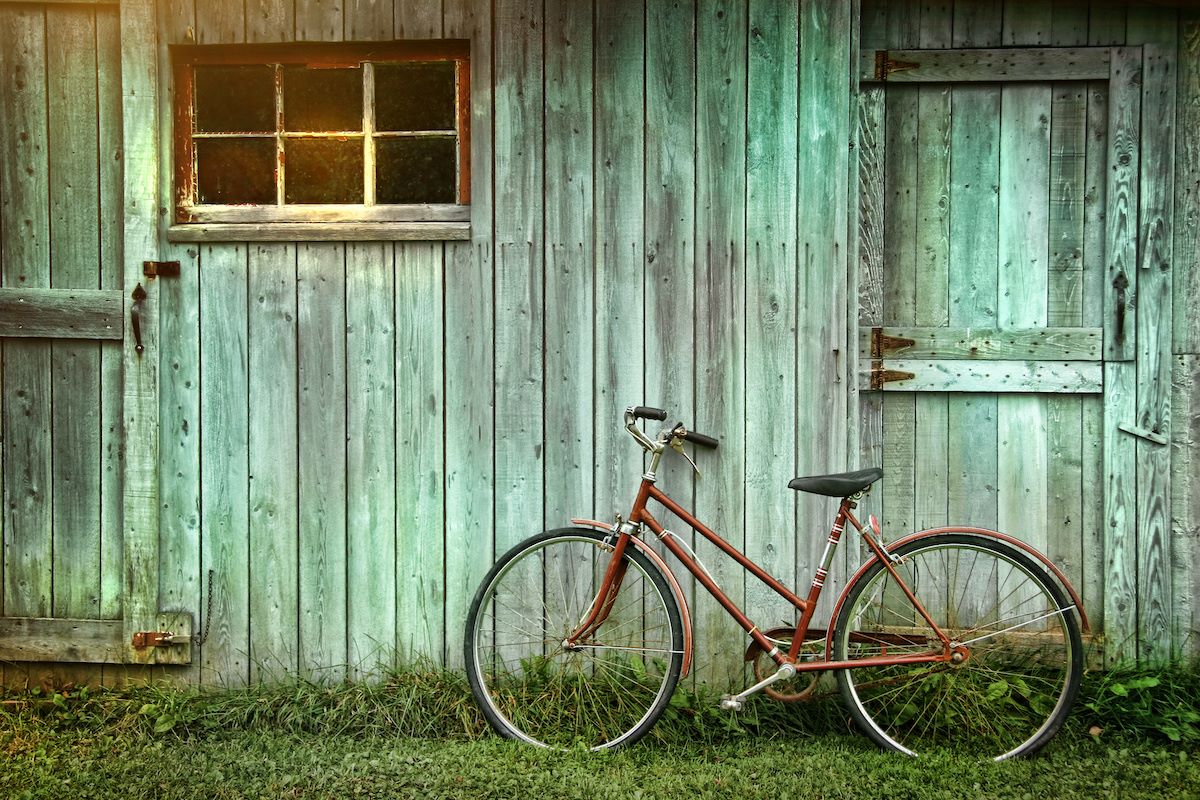
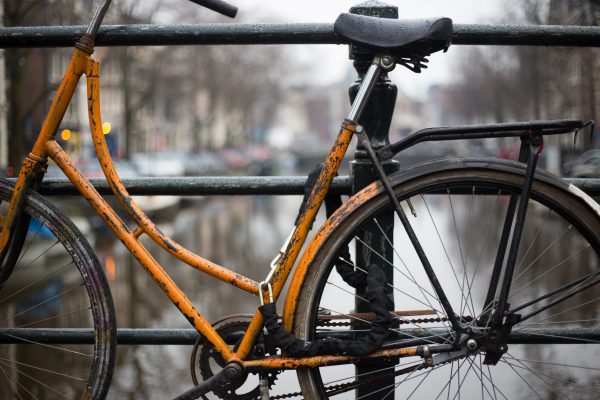
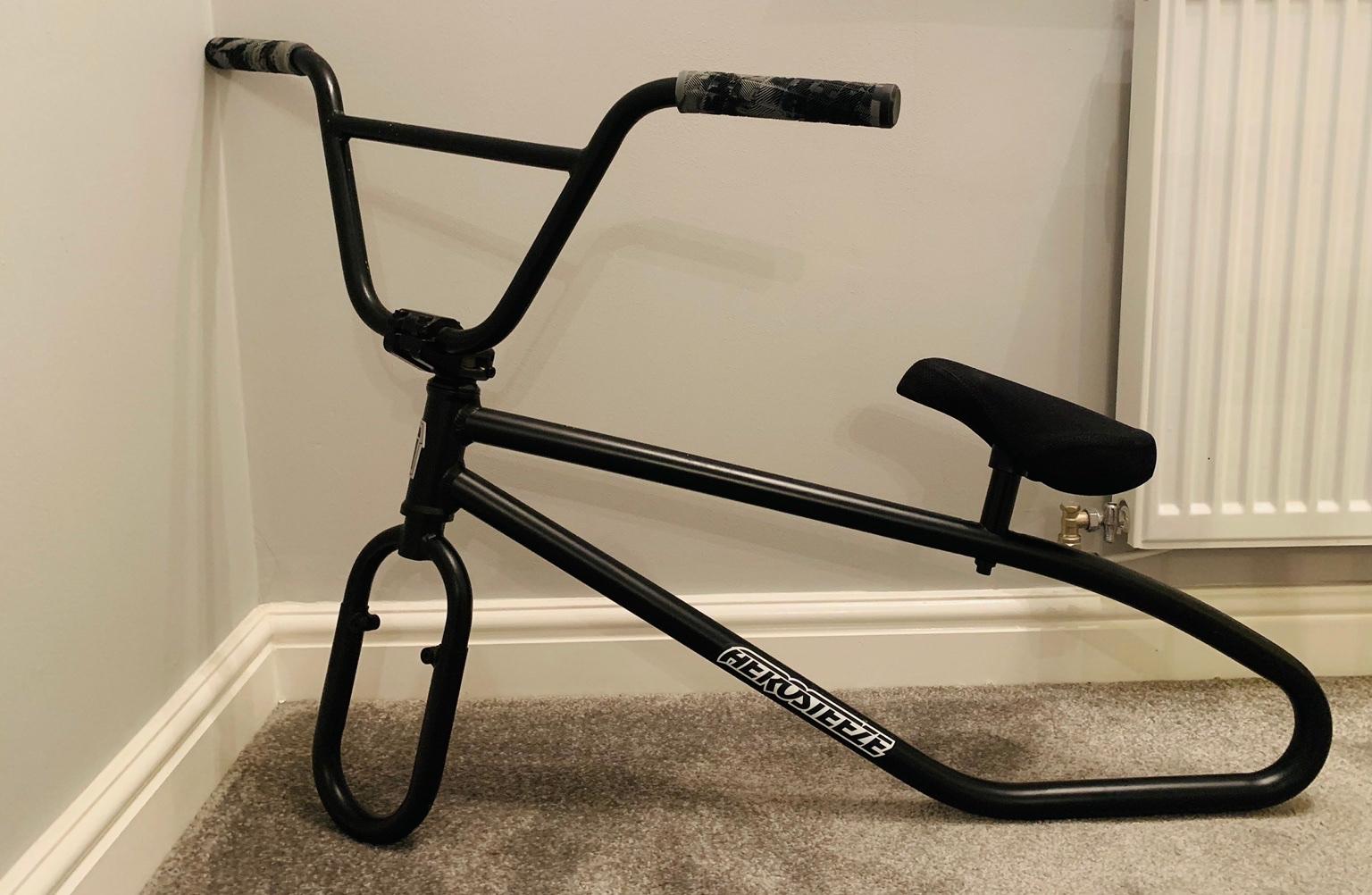
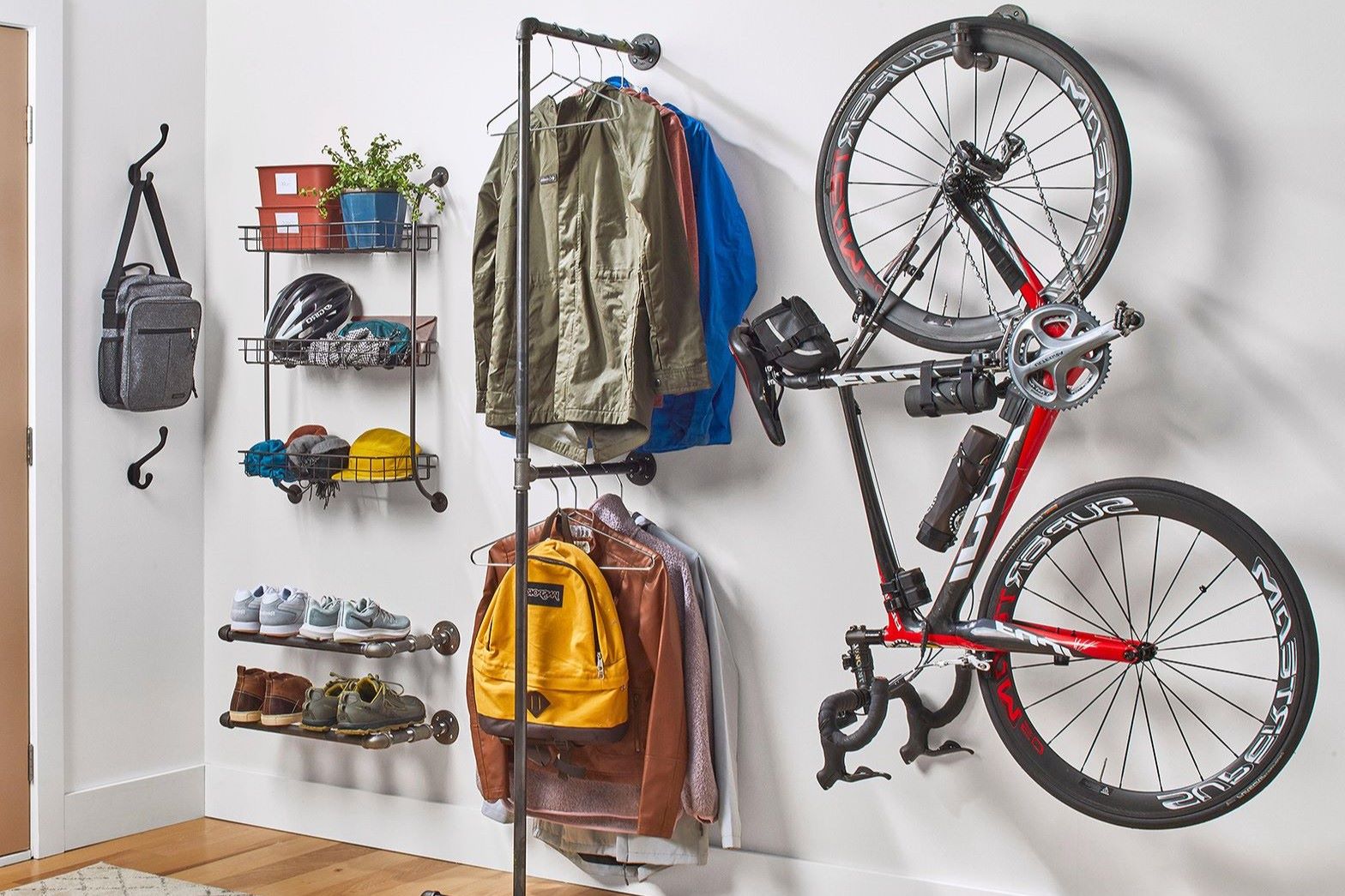
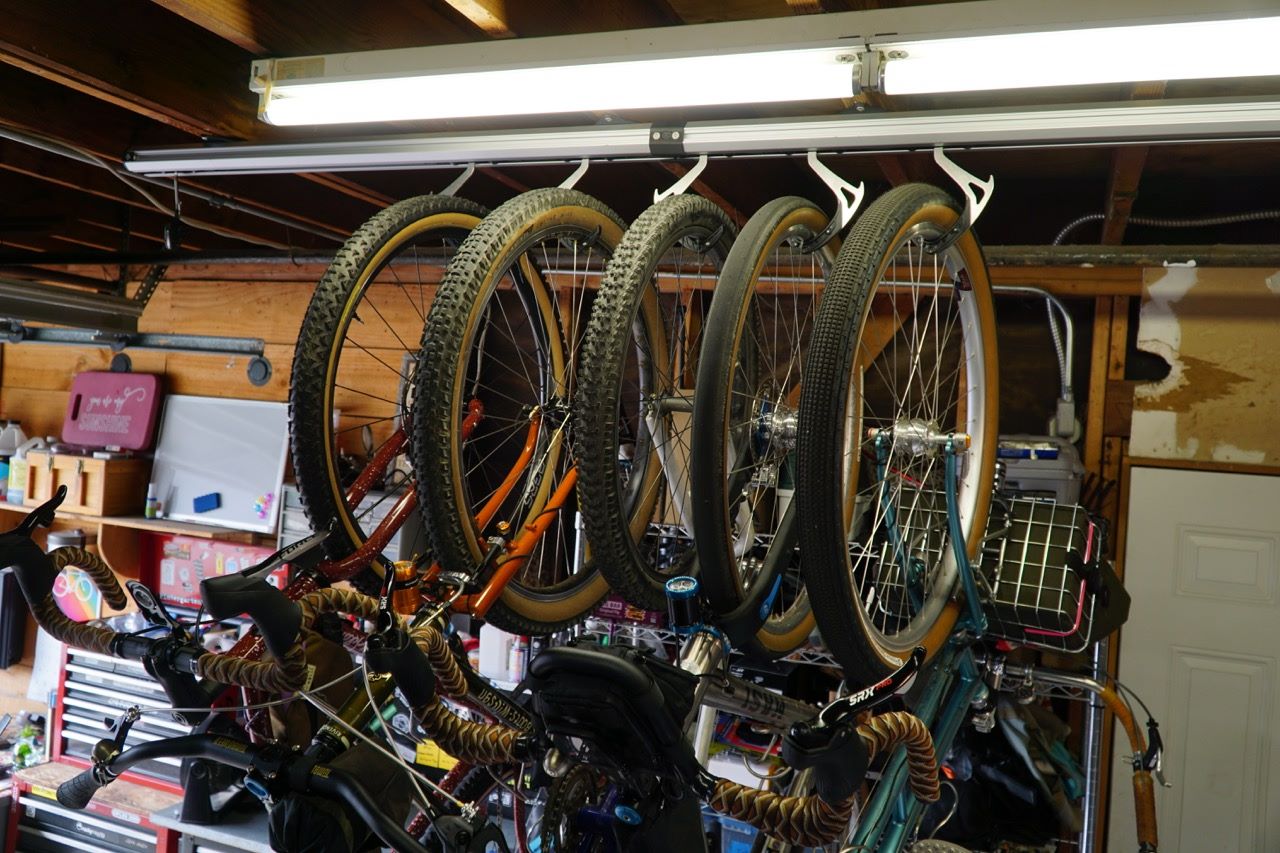
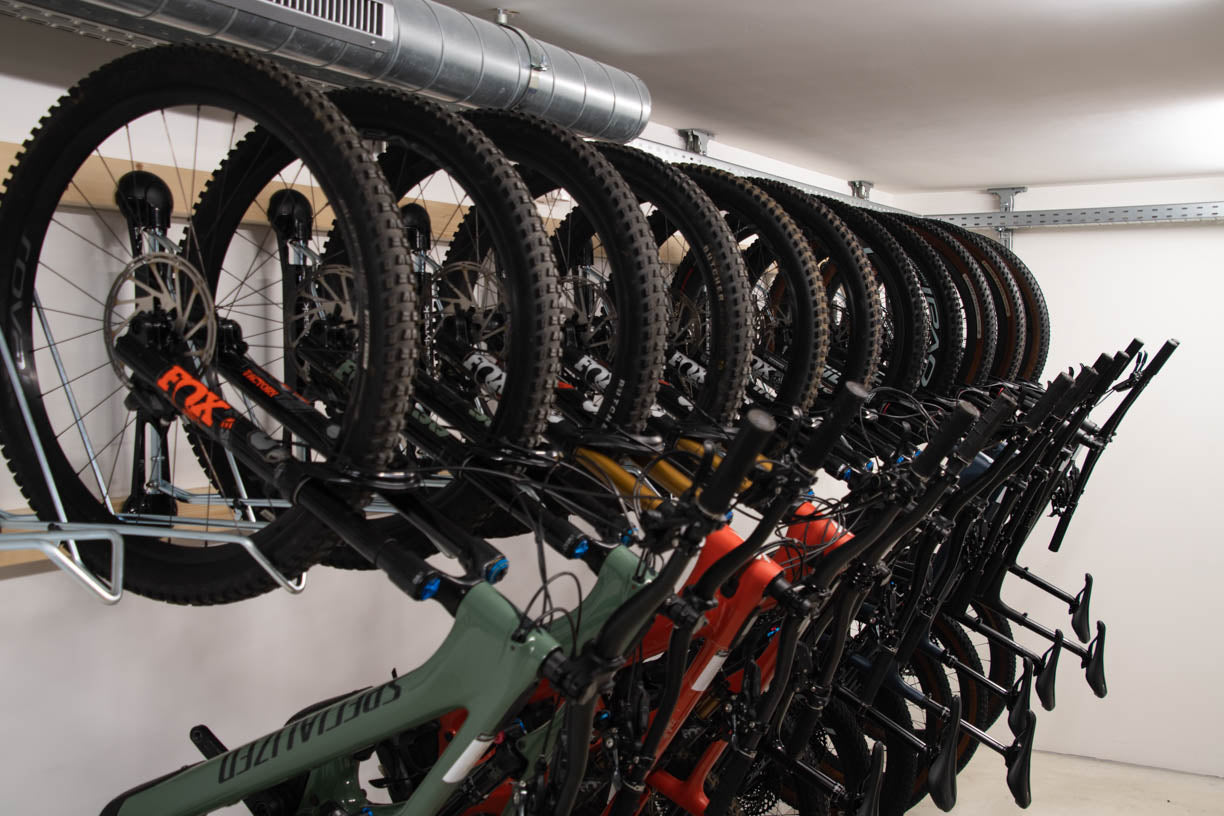

0 thoughts on “How To Store Your Bike”